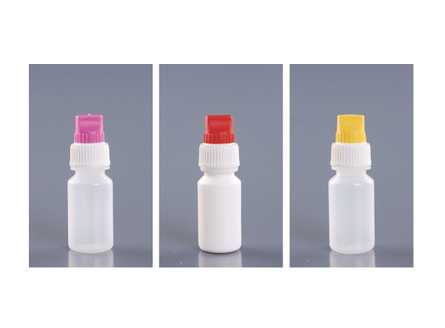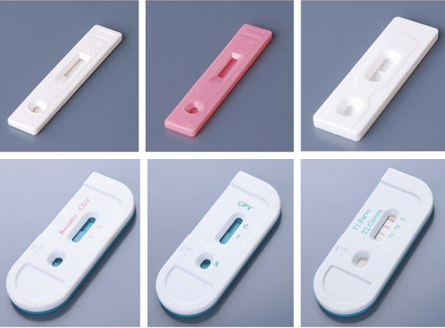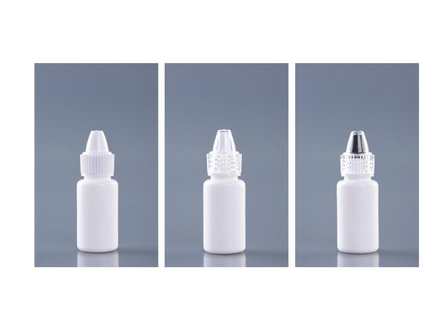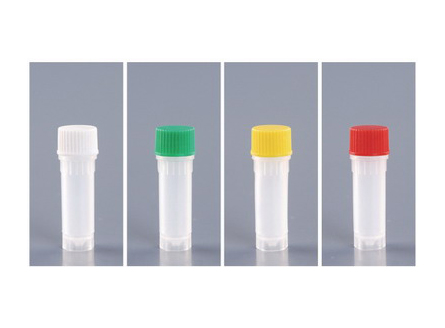
 Rotary cap drip bottle
Rotary cap drip bottleThe rotary cap drip bottle is a commonly ...
 Gold Label Card Board
Gold Label Card BoardThe gold standard card board is an instru...
 Flip over drip bottle
Flip over drip bottleFlip over drip bottles are all made of LD...
 Serum bottle
Serum bottleThe sealing of the mouth and cap of the s...
Phone:+86-317-4052076
FAX:+86-317-4052076
Email:[email protected]
Web:2meiwang.cn
Address:Du Sheng Xiang Xiao Liu Village, Cang County, Cangzhou City, Hebei Province
FAX:+86-317-4052076
Email:[email protected]
Web:2meiwang.cn
Address:Du Sheng Xiang Xiao Liu Village, Cang County, Cangzhou City, Hebei Province
Current Location:HOME > NEWS > Company dynamics >
NEWSThe Principle and Characteristics of Colloidal Gold on Gold Label Card
Time:2017-04-14Publisher:Xingyuan
Gold Label CardImmunocolloidal gold labeling technology is a new type of immune labeling technology that uses colloidal gold as a tracer marker and is applied to antigen antibody reactions. Colloidal gold particles form a stable colloidal state, also known as gold soluble gel, through electrostatic interaction between colloidal gold particles. Gold label card colloidal gold labeling is the encapsulation process in which proteins and other polymers are adsorbed onto the surface of colloidal gold particles. The adsorption mechanism is the electrostatic adsorption of negative charges on the surface of colloidal gold particles and positive charge groups of proteins, forming a strong binding.". The reduction method can conveniently prepare various colloidal gold particles with different sizes and colors through chloroauric acid. These spherical particles have adsorption functions for proteins and can bind non covalently with Staphylococcus A protein, immunoglobulin, toxin, glycoprotein, enzyme, bovine serum albumin polysaccharide, etc. Therefore, they have become very useful tools in basic research and inspection and quarantine. Colloidal gold is formed by adding a reducing agent to a chloroauric acid aqueous solution to reduce and aggregate to form colloidal gold particles. By changing the type and dosage of the reducing agent, the particle size can be controlled, which depends on the amount of reducing agent and substrate in the reaction solution. The higher the concentration of reducing agent, the higher the concentration of substrate, and the corresponding increase in the reduction center of chloroauric acid aqueous solution, resulting in an increase in the number of colloidal gold particles produced and a decrease in volume. For every doubling of particle diameter, the number of particles becomes 1/8 of the original. At present, there are many methods for preparing colloidal gold, and according to the order of time, they are ascorbic acid reduction method, trisodium citrate reduction method, acetaldehyde ultrasonic reduction method, radioactive colloidal gold method, sodium borohydride reduction method, tannic acid trisodium citrate reduction method, white phosphorus reduction method, improved white phosphorus reduction method, and microwave preparation of colloidal gold. According to different preparation methods, colloidal gold particles with a diameter of 1-500nm can be prepared, but as immunolabeled probes, their diameter is generally 3-50nm. Immunocolloidal gold particles have high electron properties. Under a microscope, black brown particles can be seen at the binding site of gold labeled proteins. When these markers aggregate in large quantities at the corresponding ligands, red or pink spots can be visible to the naked eye. Therefore, they can be used for qualitative or semi quantitative immune detection
